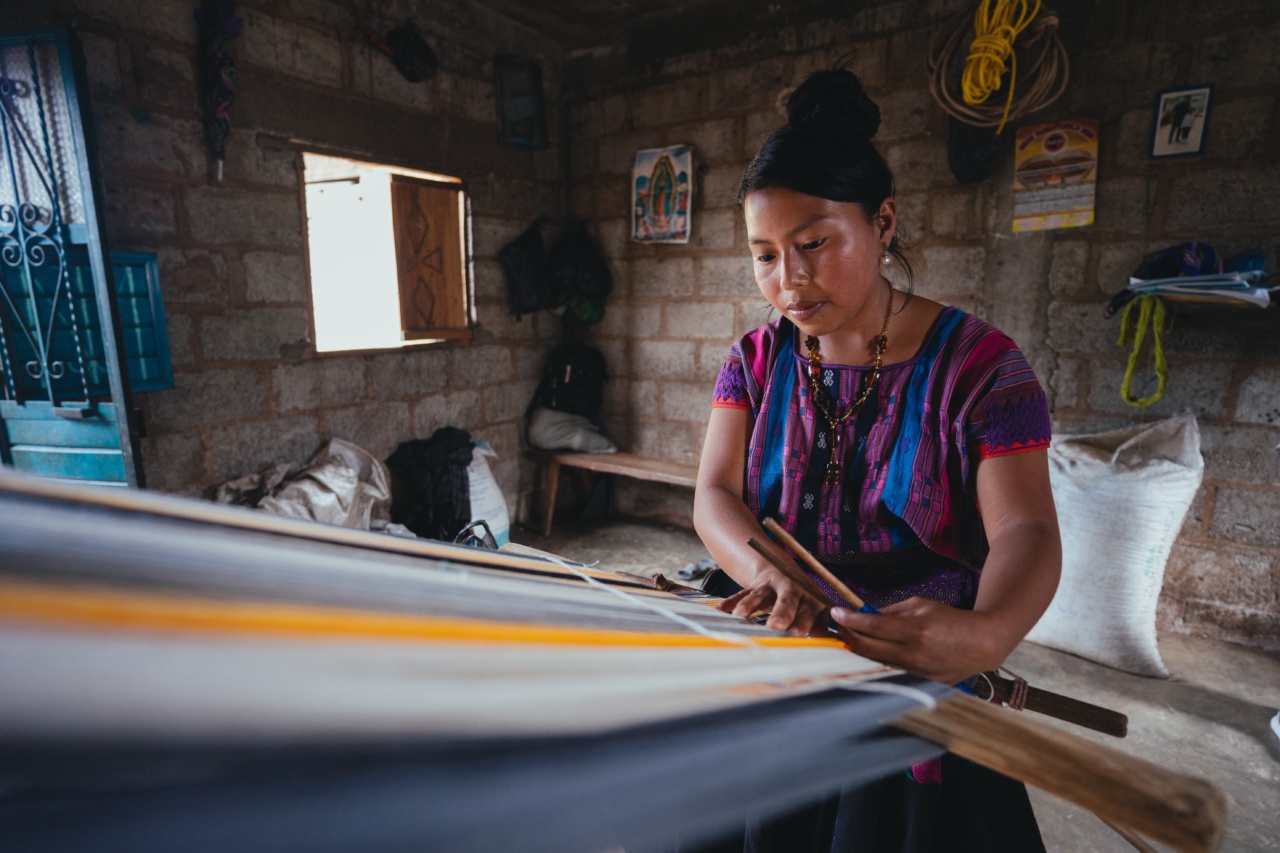Ghee has been an integral part of Indian cuisine since ancient times. It is a staple ingredient that is used in almost all households across the country, not only for cooking but also for various religious and cultural ceremonies.
Ghee is clarified butter, which means that all the milk solids and impurities have been removed from the butter, leaving only the pure fat behind.
Although ghee is readily available in the market these days, making it at home is still considered the best way to get pure and authentic ghee.
Making ghee at home not only ensures its purity but also allows you to customize the flavor and aroma to your liking. In this article, we will discuss the art of making pure ghee at home.
Ingredients Required
The ingredients required for making ghee are simple and easily available. You will need:.
- Unsalted butter
Preparation Process
The process of making ghee is simple yet time-consuming. It requires patience and attentiveness. Follow the steps below to make pure ghee at home:.
- Take a thick-bottomed pan and add the unsalted butter to it.
- Place the pan on medium heat and let the butter melt.
- Once the butter has melted, it will start to bubble and foam. Stir occasionally to avoid the butter from sticking to the bottom of the pan.
- As the butter continues to cook, the foam will start to settle down, and the color of the liquid will turn from yellow to golden to brown.
- Keep an eye on the pan and stir occasionally to prevent the ghee from burning.
- After about 20-25 minutes, the ghee will be ready. Turn off the heat and let the ghee cool down for a few minutes.
- Strain the ghee through a fine-mesh strainer or cheesecloth to get rid of any remaining milk solids and impurities.
- Pour the ghee into a clean, airtight jar and let it cool completely before storing it in the refrigerator.
Tips for Making Perfect Ghee
The process of making ghee might seem simple, but there are several factors that can affect its taste, aroma, and texture. Here are some tips that will help you make perfect ghee at home:.
- Use high-quality, unsalted butter that has a high fat content.
- Make sure to use a thick-bottomed pan that can withstand high heat. A non-stick pan is not recommended for making ghee.
- It is important to stir the butter occasionally to prevent it from sticking to the bottom of the pan and burning.
- Do not cover the pan while making ghee, as this can cause condensation, which will affect the texture and flavor of the ghee.
- Make sure to strain the ghee through a fine-mesh strainer or cheesecloth to get rid of any remaining milk solids and impurities.
- Store the ghee in a clean, airtight jar and store it in the refrigerator.
Uses of Ghee
Ghee is a versatile ingredient that is used in a variety of dishes, both sweet and savory. Some of its uses are:.
- As a cooking medium for frying, sautéing, and baking.
- As a spread on bread, toast, or bagels.
- As a flavor enhancer in curries, soups, and stews.
- As a topping for popcorn, rice, and dal.
- As a substitute for butter or oil in recipes.
The Benefits of Ghee
Ghee has been a part of Ayurvedic medicine for centuries due to its numerous health benefits. Some of the benefits of consuming ghee are:.
- Ghee is a rich source of butyric acid, which is essential for gut health and digestion.
- Ghee is a good source of healthy fats and can help improve cholesterol levels in the body.
- Ghee is rich in antioxidants and can help boost immunity.
- Ghee is lactose-free and can be consumed by people who are lactose intolerant.
- Ghee is rich in vitamins A, D, E, and K, which are essential for maintaining overall health and wellbeing.
The Bottom Line
Making pure ghee at home is easy and a great way to ensure its purity and authenticity. Ghee is not only a versatile ingredient but also has numerous health benefits. So, the next time you make a batch of butter, don’t discard the milk solids.
Instead, use them to make delicious, pure ghee at home!.




























